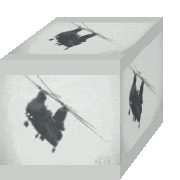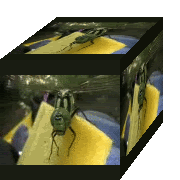 They hide amongst us, still, and unnoticed...
They hide amongst us, still, and unnoticed... Insidiously multiplying, their alien pods spreading their seed. Soon the brook is obscured by their masses, obliterating all other plants in their way.
Insidiously multiplying, their alien pods spreading their seed. Soon the brook is obscured by their masses, obliterating all other plants in their way. The honeybees tend their blooms, unaware of their part in this alien invasion. The Himalayan Balsam seducing them with its pretty pretty flowers. Pollen on the bees back stains them white with the mark of the collaborator.
The honeybees tend their blooms, unaware of their part in this alien invasion. The Himalayan Balsam seducing them with its pretty pretty flowers. Pollen on the bees back stains them white with the mark of the collaborator. The snails are on our side, eating as much as they can, but can so few make a difference against so many?
The snails are on our side, eating as much as they can, but can so few make a difference against so many?How could the other plants compete against such a weapon of mass dispersion? Even at x8 slower the explosive pods burst in the blink of an eye.
Slowed x16, their ballistic power is apparent, with a range of several metres.
Alien technology developed over millenniums have overpowered the innocent inhabitants of the humble British waterways. (slowed x33)













